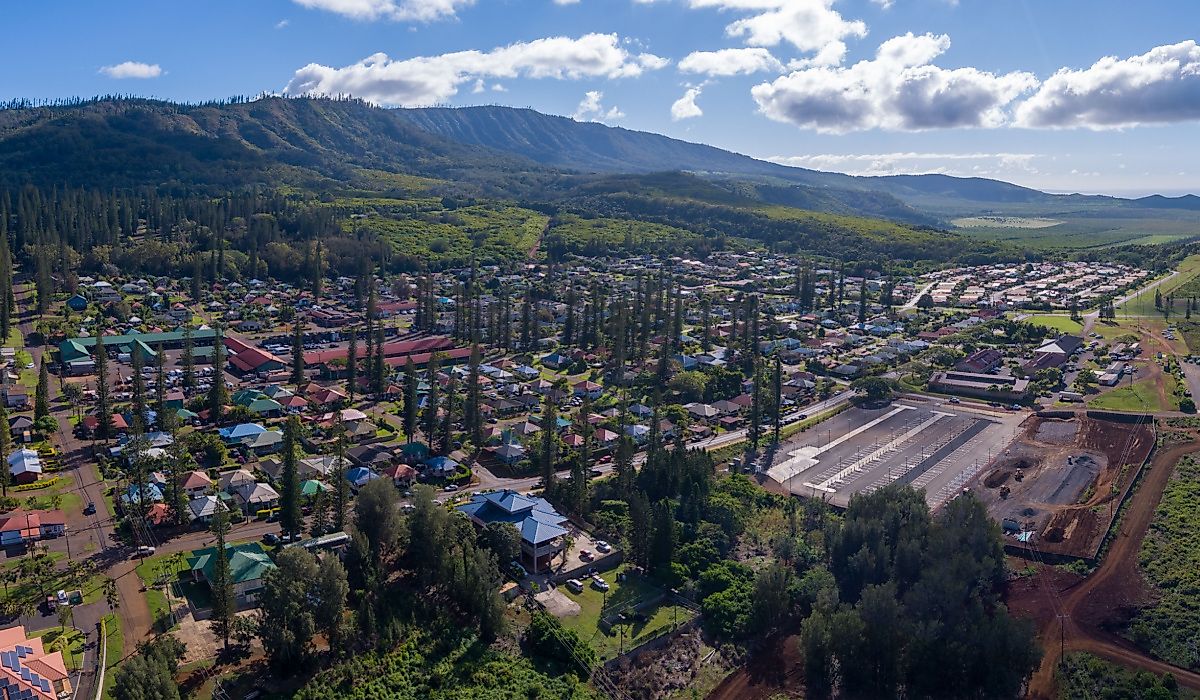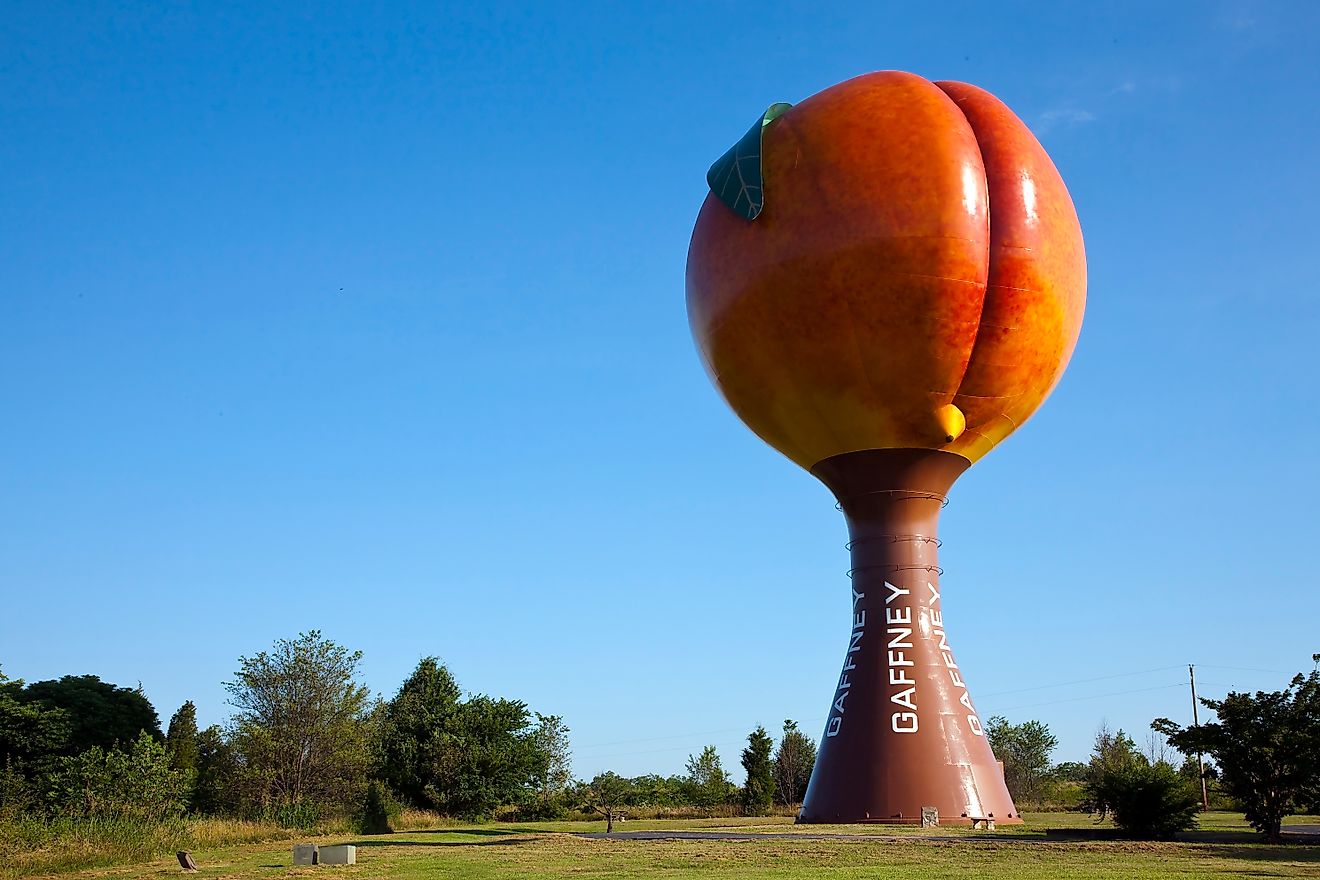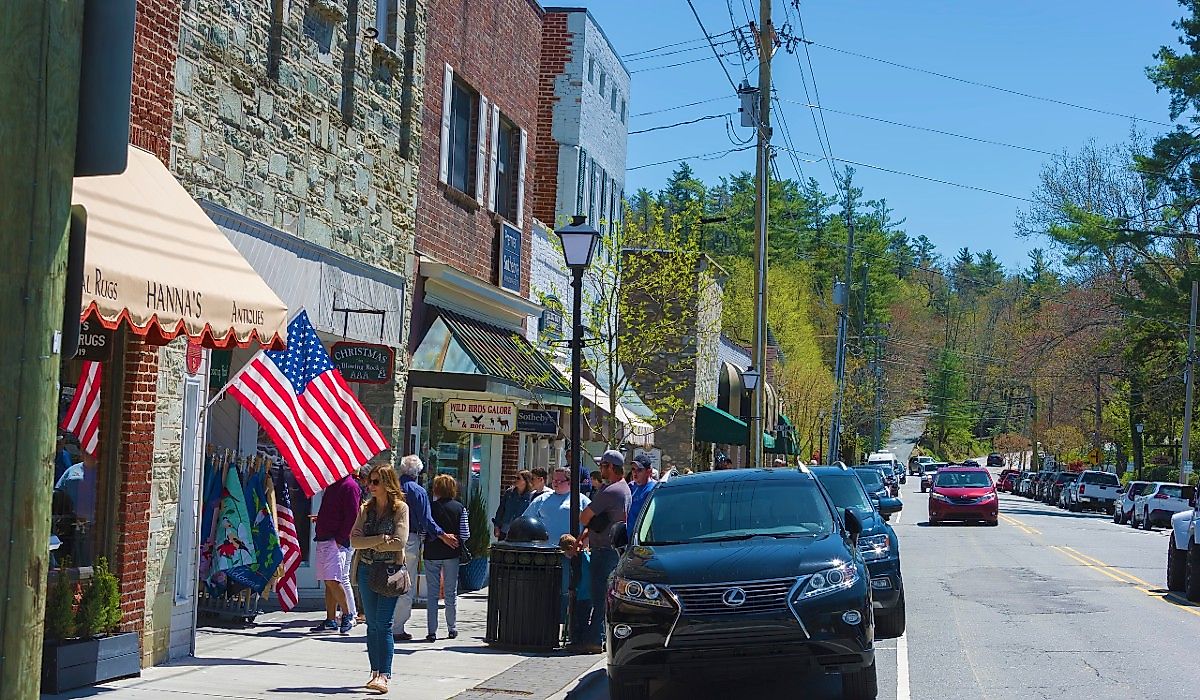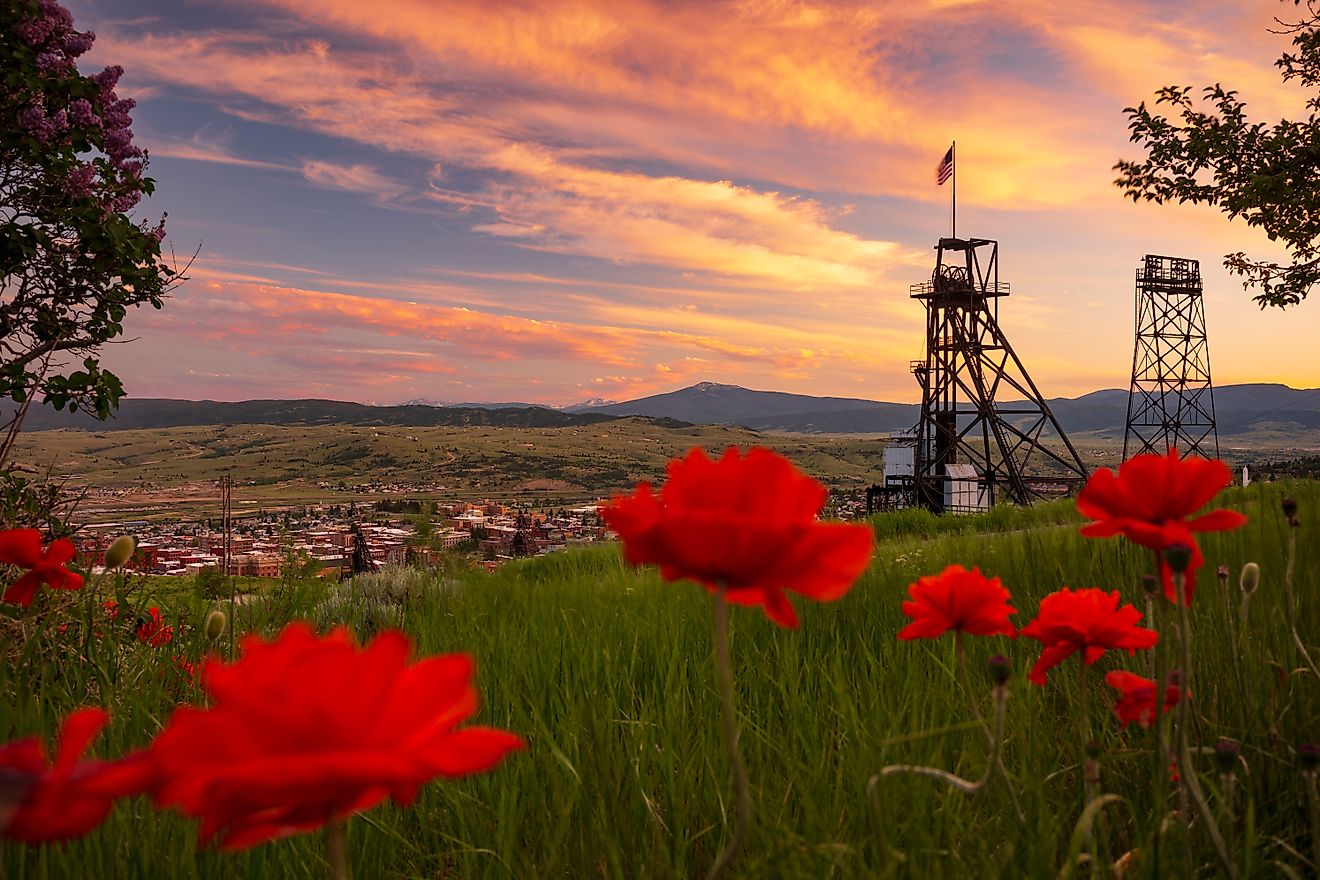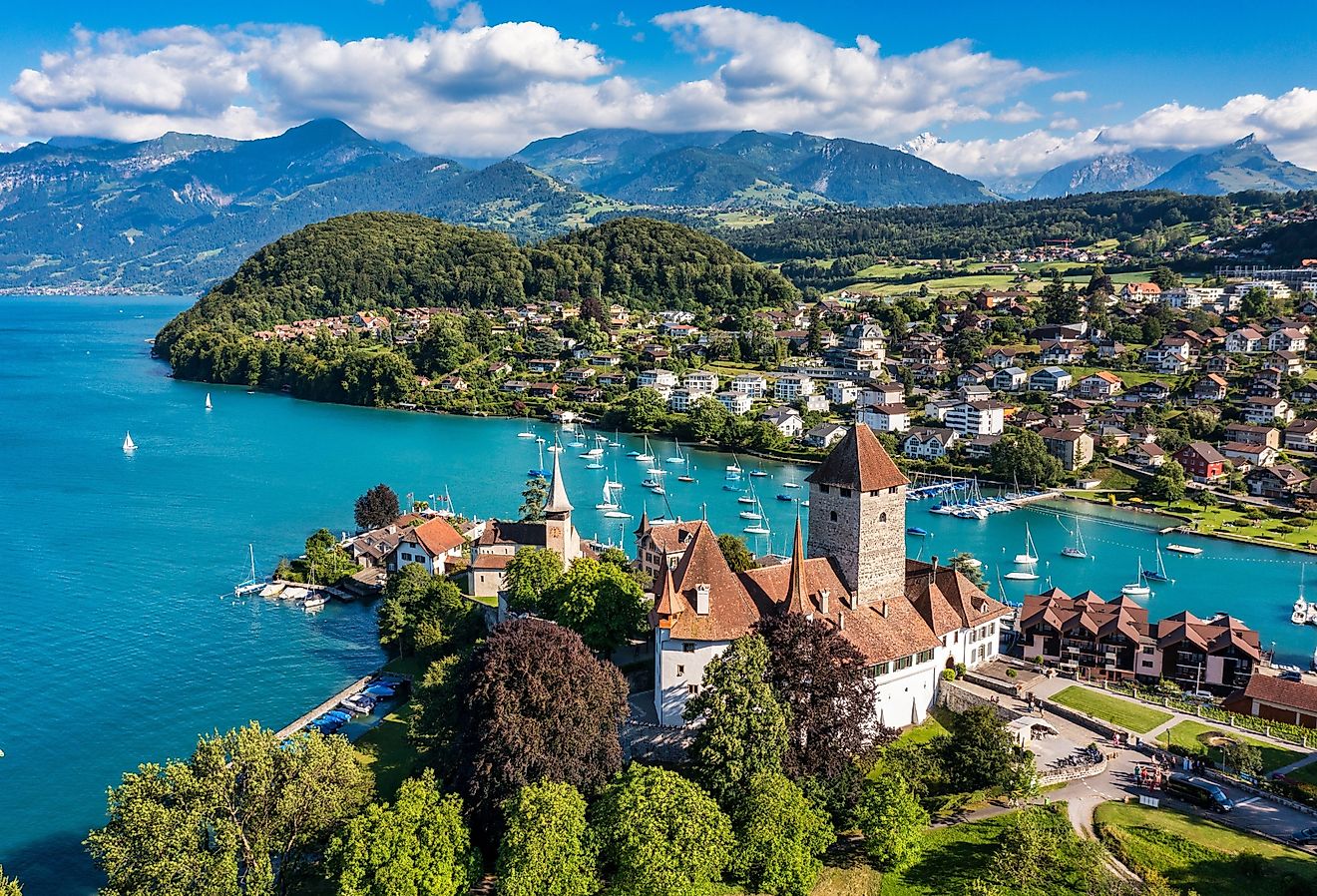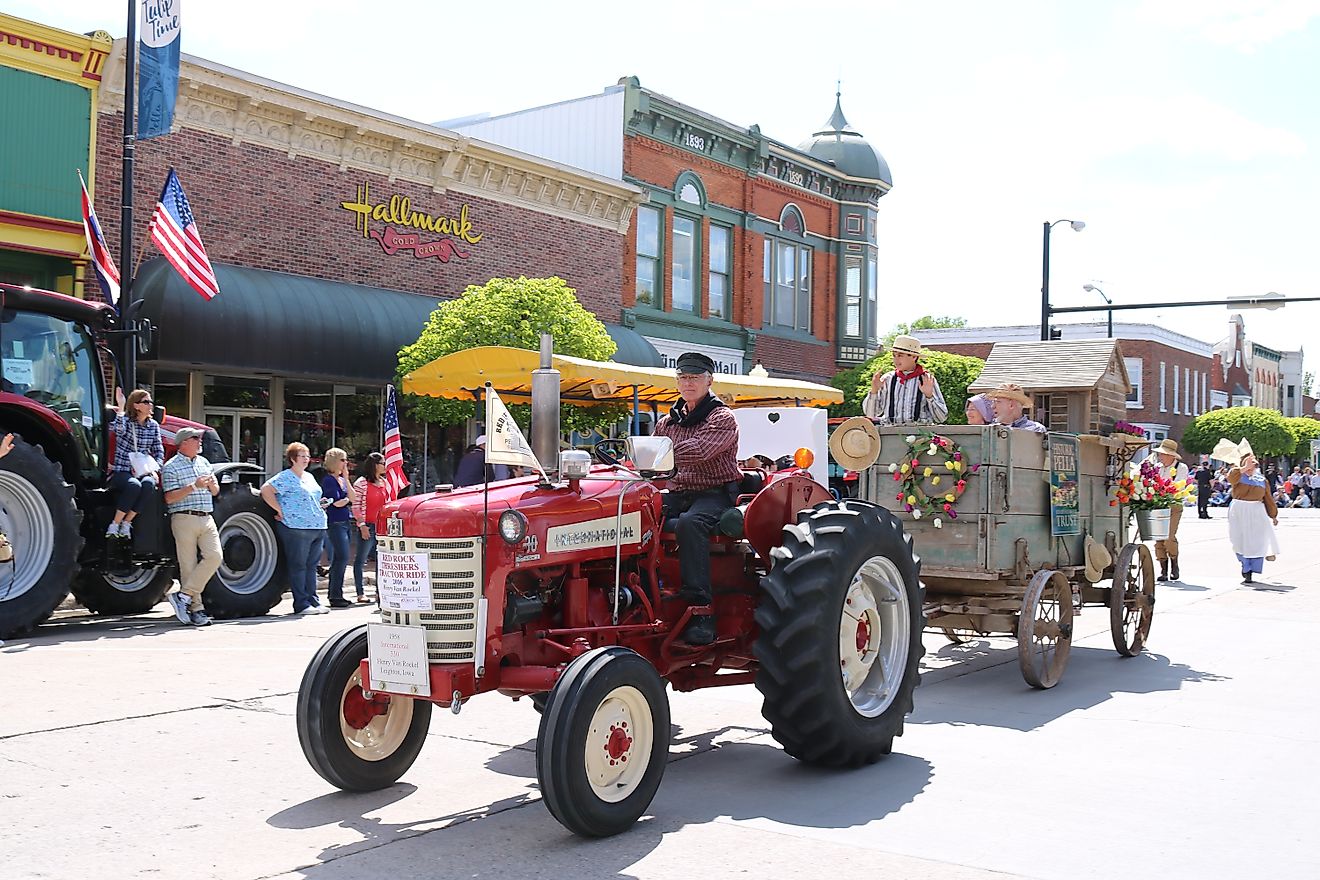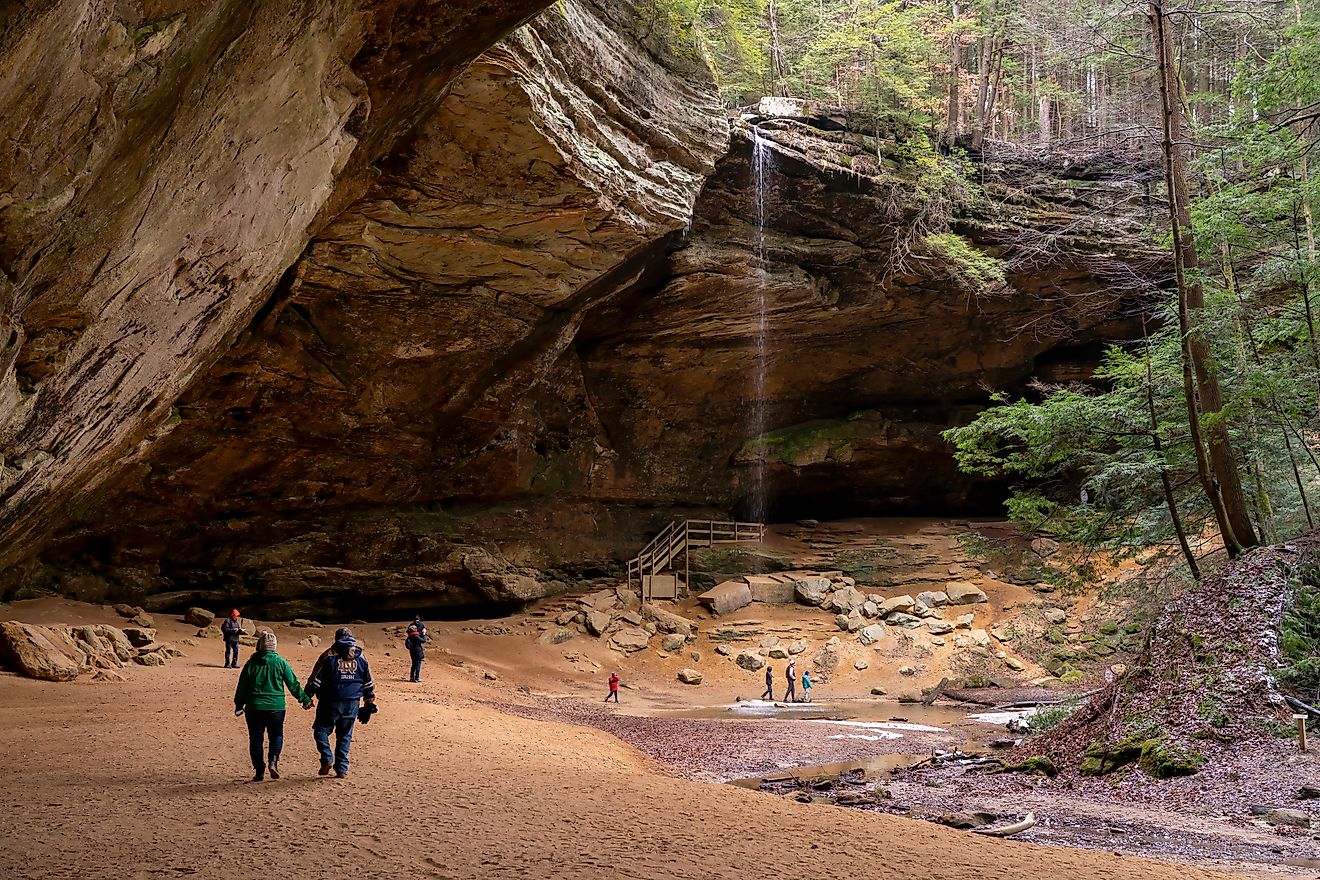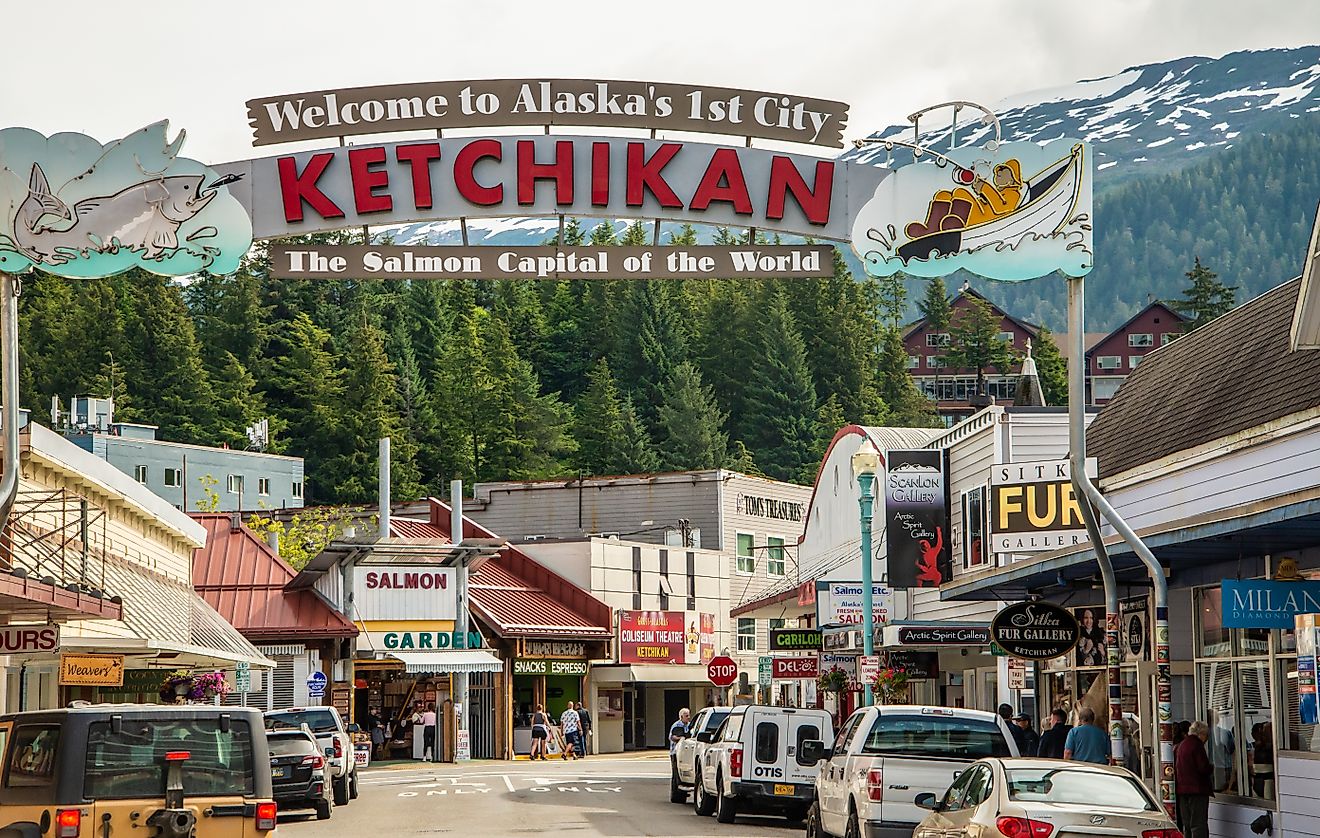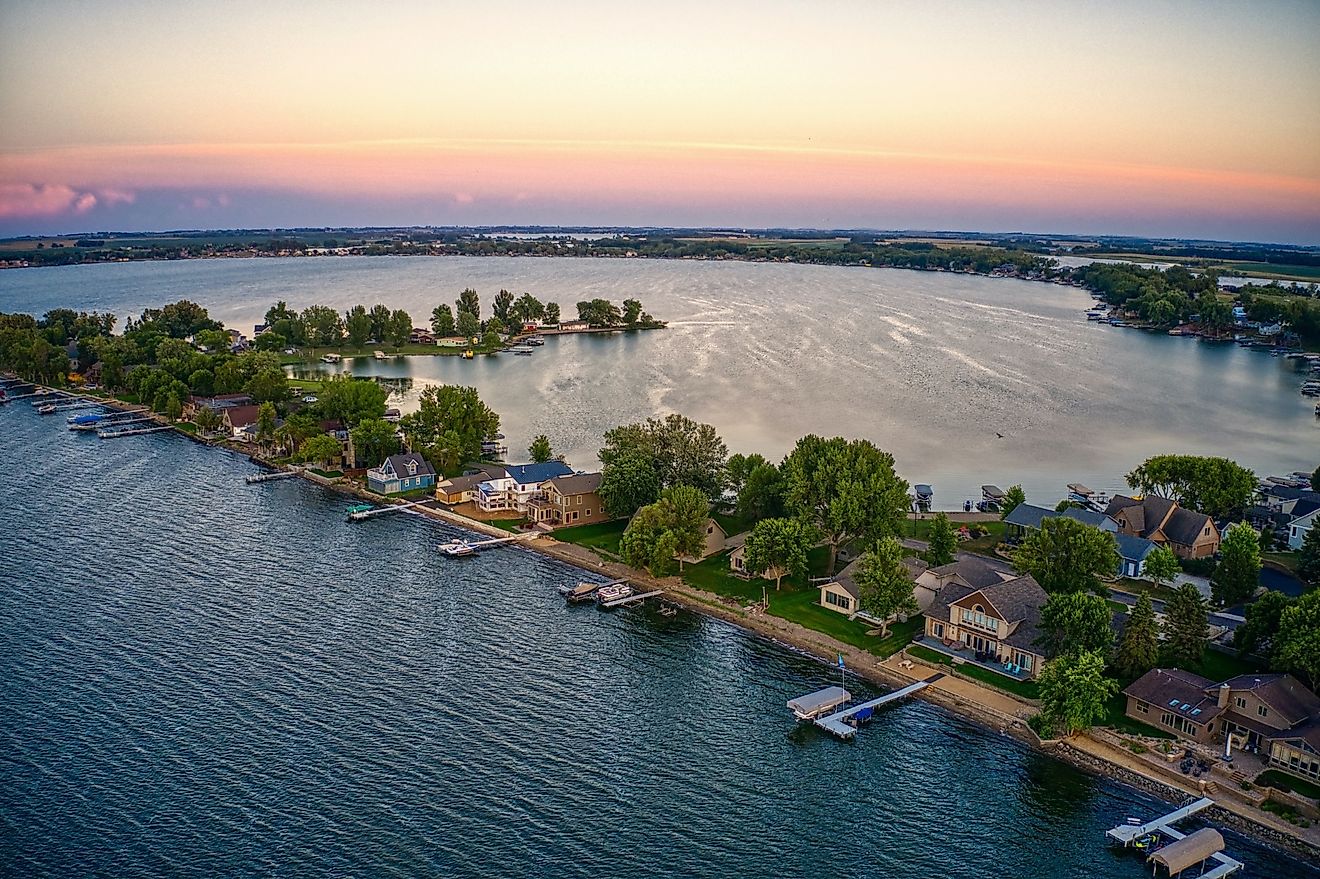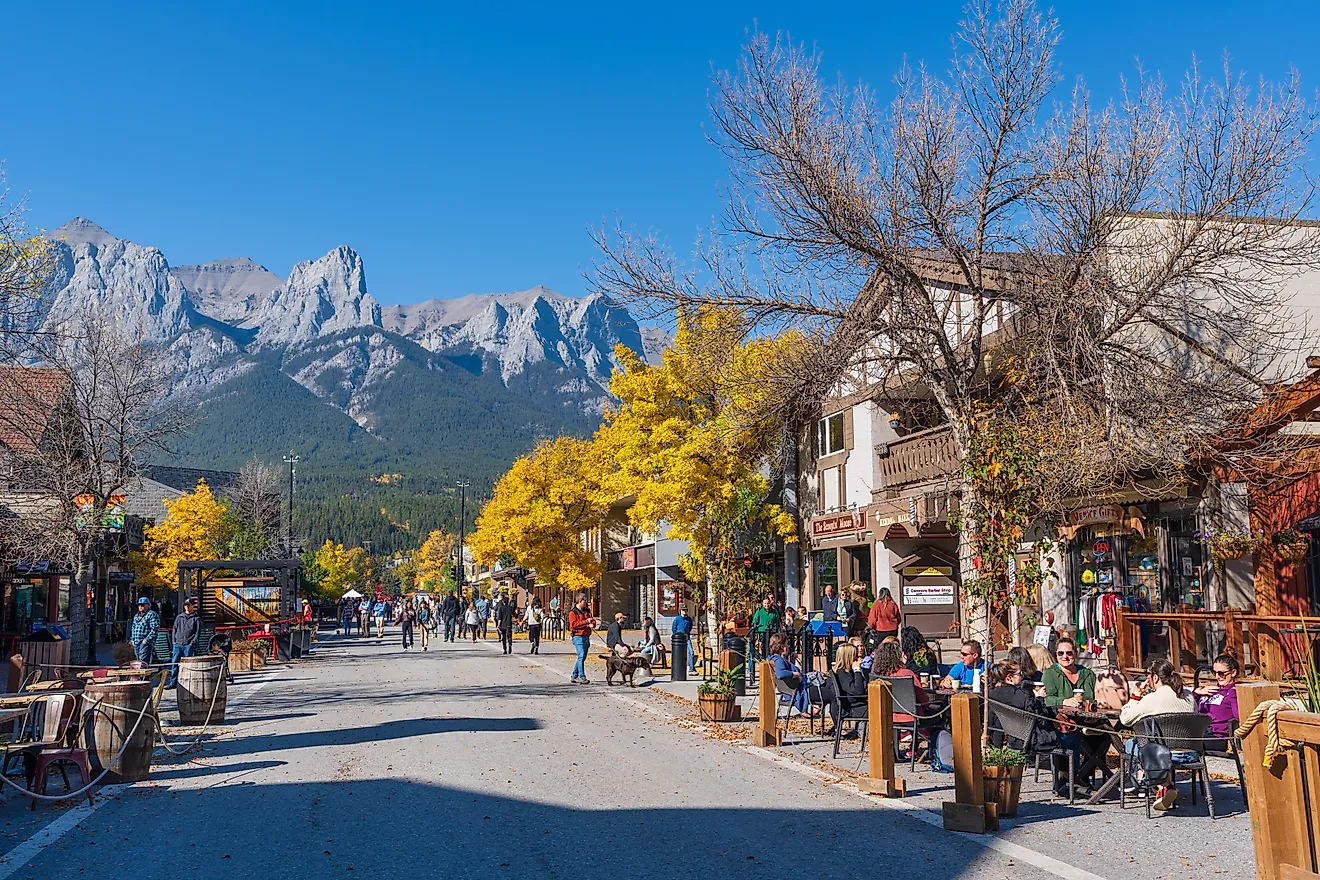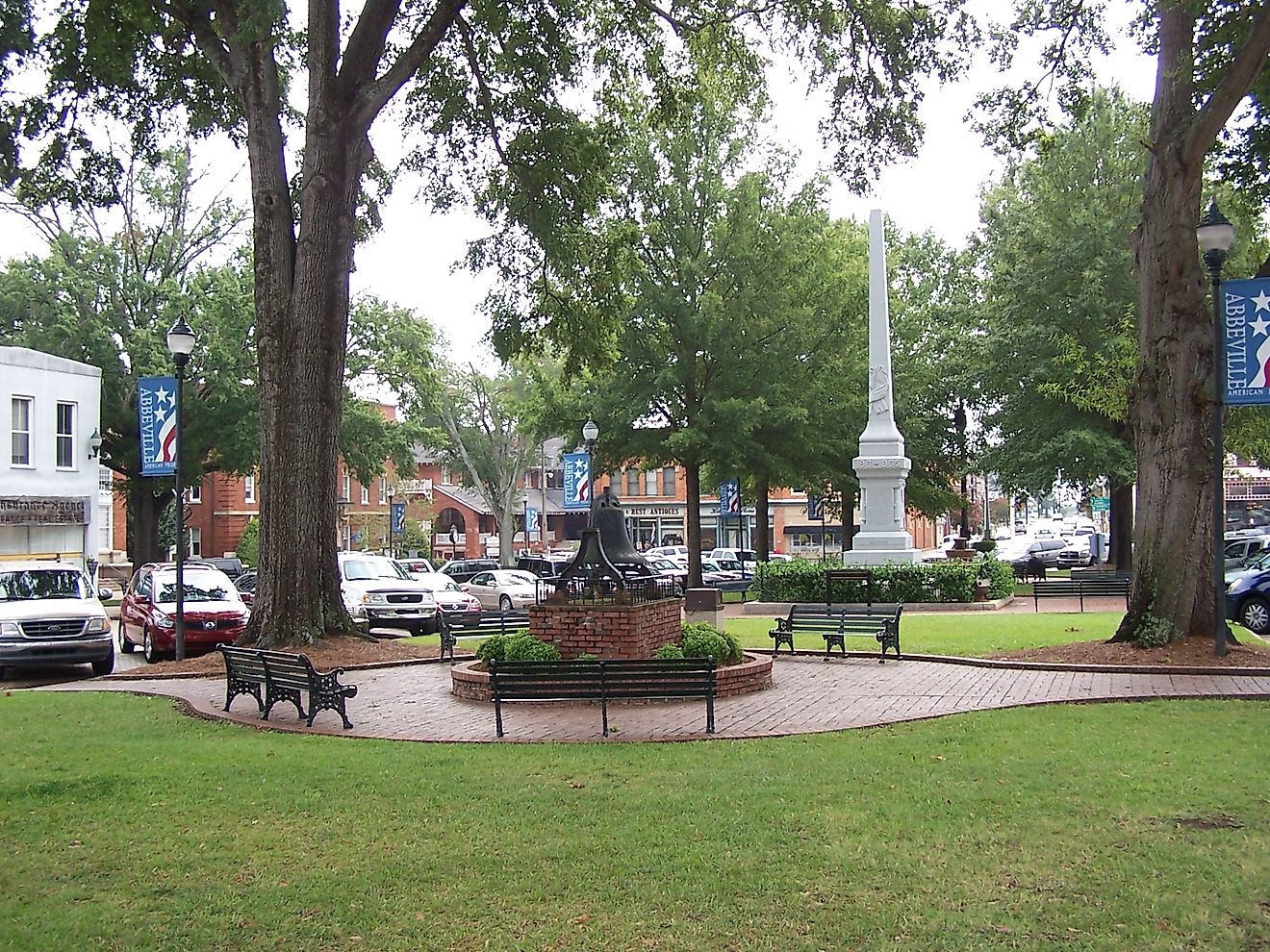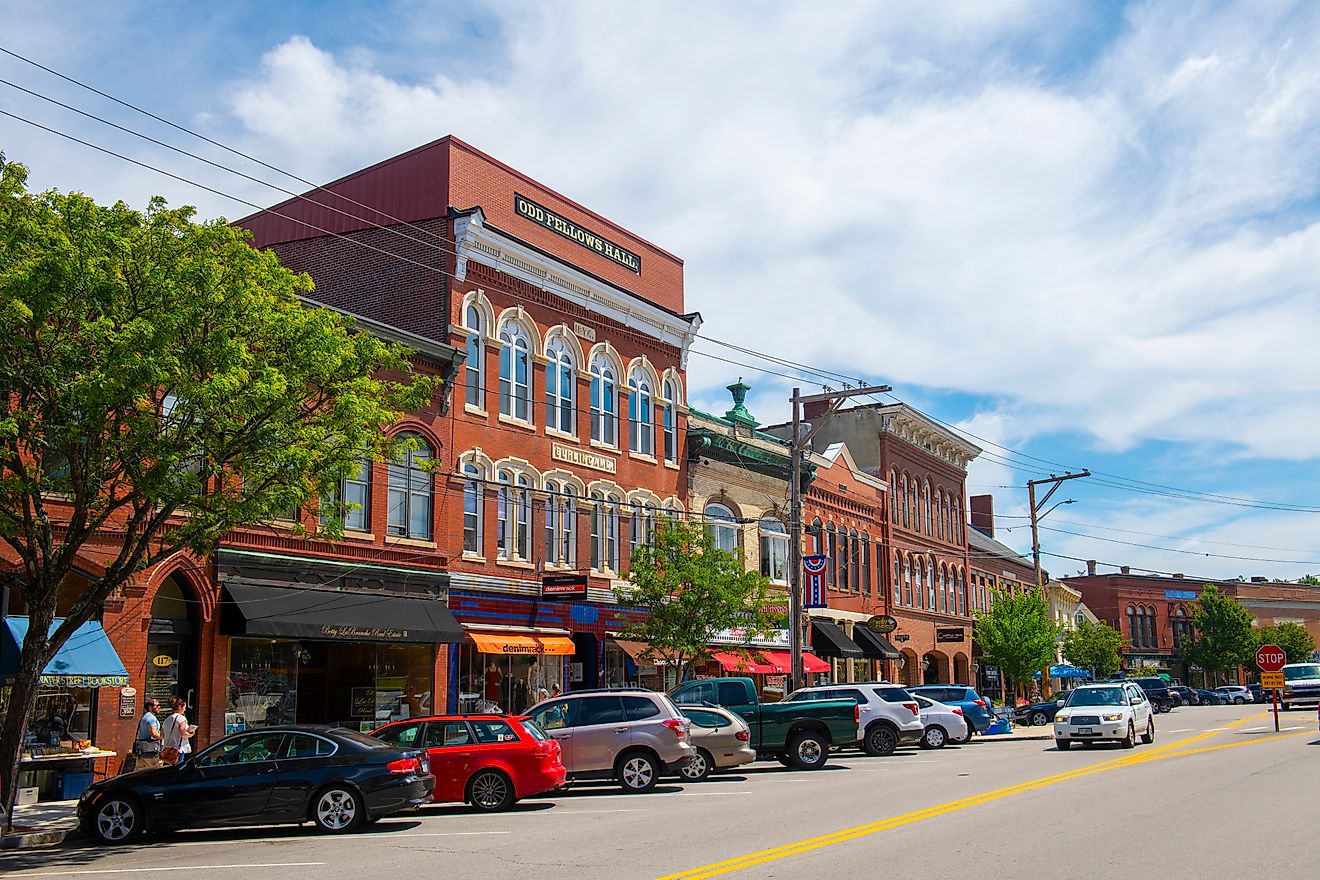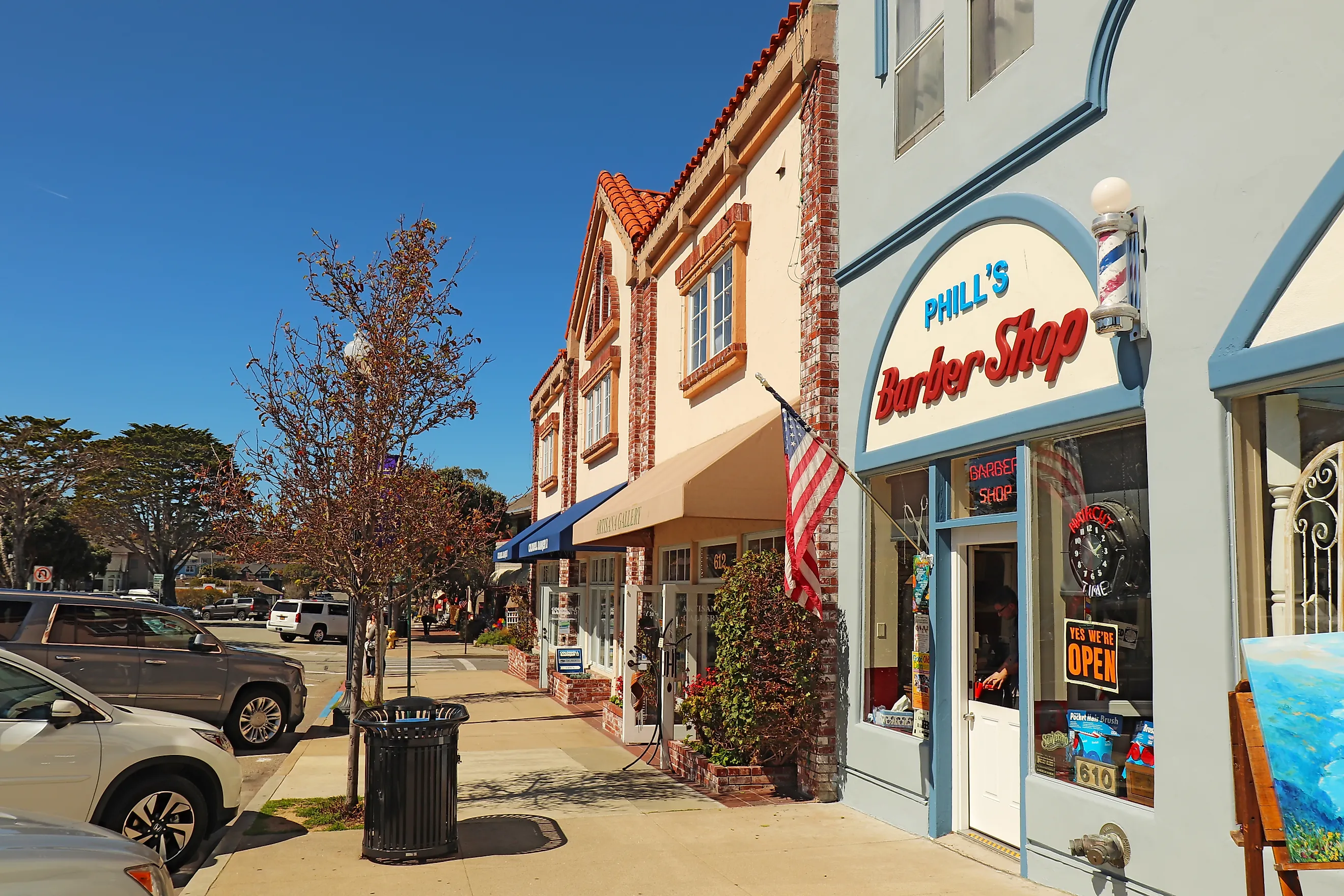
10 Most Comfortable California Towns For Seniors For 2025
California sells adrenaline in postcards, but comfort lives at three miles per hour. For this list, we looked for towns with level main streets, benches you can find without squinting, crosswalk timers that don’t punish a careful pace, and clinics or hospitals inside a short drive. Noise after 9 p.m. mattered. So did weather that rarely bullies, and downtowns where errands cluster within a few calm blocks.
The results span wind-sheltered bays, citrus valleys, and art colonies with trolley loops. You won’t find freeways roaring through these cores, nor high-rises blocking winter sun. You will find predictable routines, level paths, and services that remove friction from the day, places where comfort isn’t a slogan but a design choice written into streets, storefronts, and the way locals move.
Carmel-by-the-Sea
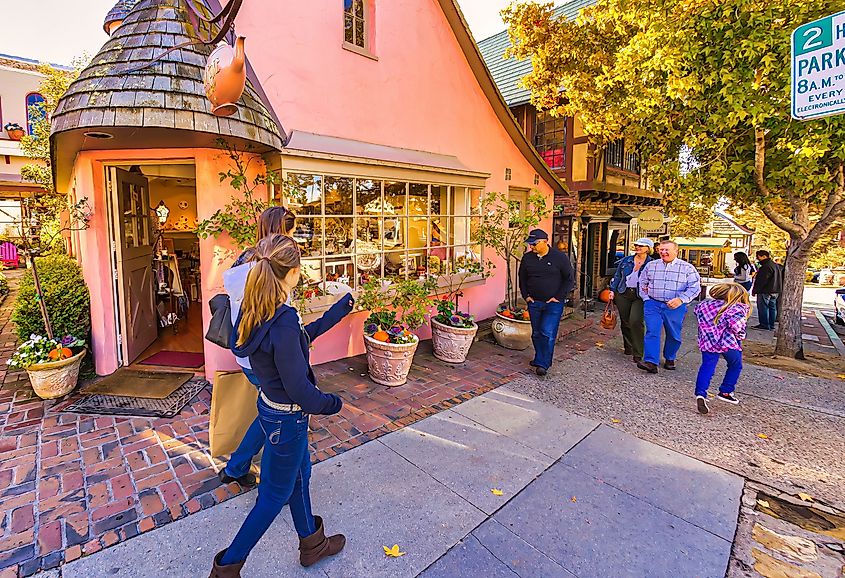
Carmel-by-the-Sea is one square mile of strict building codes, no street numbers, and no chain stores, an intentional buffer against the noise of modern California. Originally founded as an artists' colony, the town still carries a quiet sense of cultivated beauty: cottages tucked under oaks, fairytale-style roofs, and manicured courtyards. There’s no street lighting in residential areas, and sidewalks are optional. This slows everything down. Residents and visitors alike move at a careful pace, giving the town a rare kind of physical and sensory ease, especially for older adults. The town's mild marine layer, never too hot, rarely too cold, helps, too.
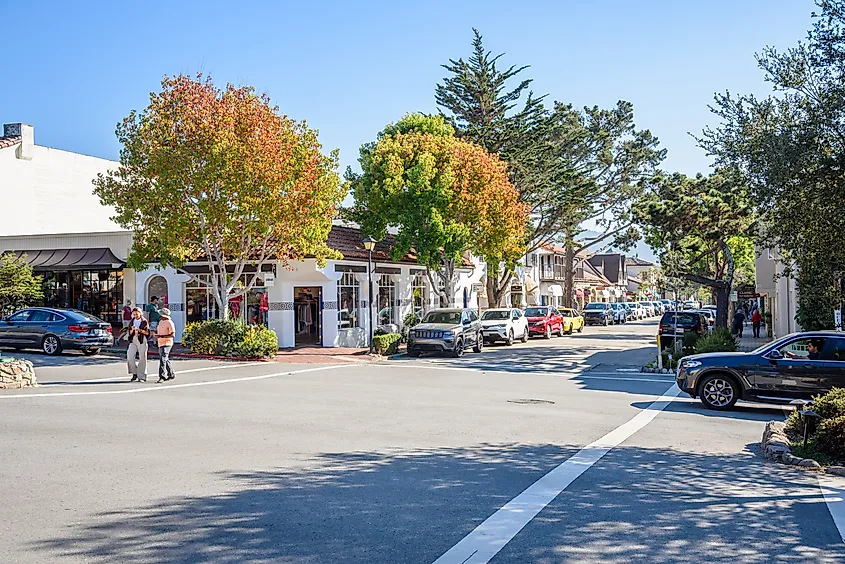
Seniors will find low-impact activities in high-quality settings. The Scenic Road Walkway hugs Carmel Beach with flat, uninterrupted ocean views and benches positioned at regular intervals. The Carmel Mission Basilica offers level pathways and restored gardens, with 18th-century sandstone architecture and an active parish. For culture indoors, the Sunset Center hosts year-round chamber music, jazz, and lectures. Dining and resting is straightforward: the courtyard at La Bicyclette is heated and shaded, serving a consistent European-style menu with no need to rush.
Pacific Grove
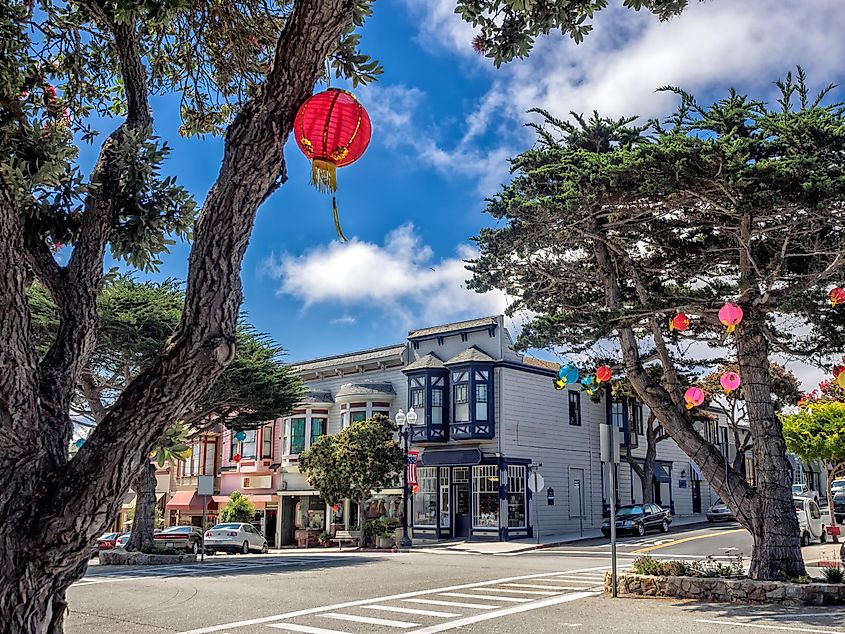
Pacific Grove is one of the only coastal towns in California where monarch butterflies, Victorian architecture, and coastal wind meet in one square mile. Known locally as “America’s Last Hometown,” it has refused resort-town expansion for decades. Nearly every home near the shoreline is preserved in original 19th- and early 20th-century form. The Monarch Grove Butterfly Sanctuary sits tucked in a residential neighborhood, protected by city ordinance, and draws tens of thousands of migratory monarchs between October and February. Street traffic slows to a crawl during this season. The rhythm of the town follows suit.
Lovers Point Park offers paved paths, public benches facing Monterey Bay, and level access to tidepools and picnic areas. The Pacific Grove Museum of Natural History has a compact layout with detailed exhibits on local geology, indigenous history, and a full monarch life cycle display. The Red House Café on Lighthouse Avenue serves breakfast and lunch in a restored cottage with indoor-outdoor seating and an all-day senior crowd. At Asilomar State Beach, a mile-long boardwalk through the dunes provides uninterrupted views with little elevation gain.
Laguna Beach
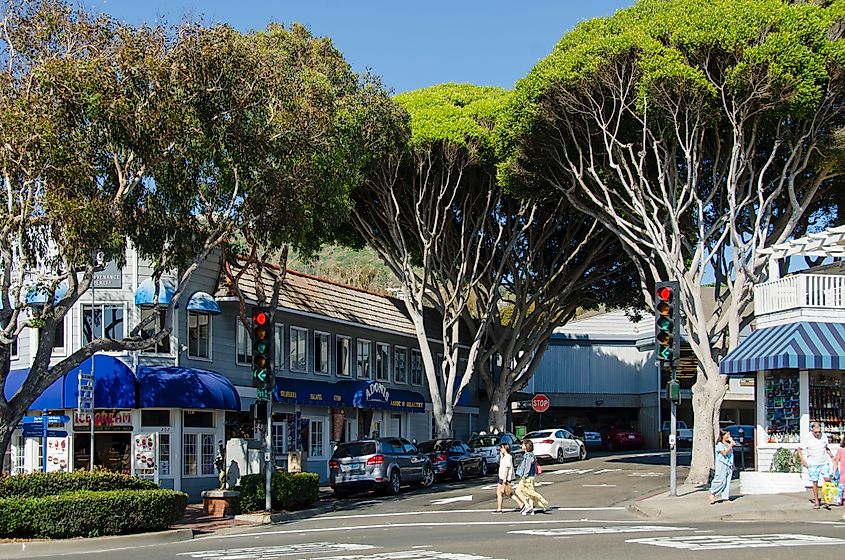
Laguna Beach has more working artists per capita than any other town in California, a legacy of its founding as an art colony in 1903. The town is wedged between canyons and coastline, with no direct freeway access, which has kept growth slow and architecture low. Despite its popularity, the city center is manageable on foot, and city trolleys circulate regularly. Public staircases connect residential hillsides to oceanfront parks, but the flattest parts of town, along Coast Highway and Forest Avenue, offer the most comfort and walkability for seniors. Art remains a civic priority: murals, outdoor sculptures, and plein air paintings are part of daily life here.
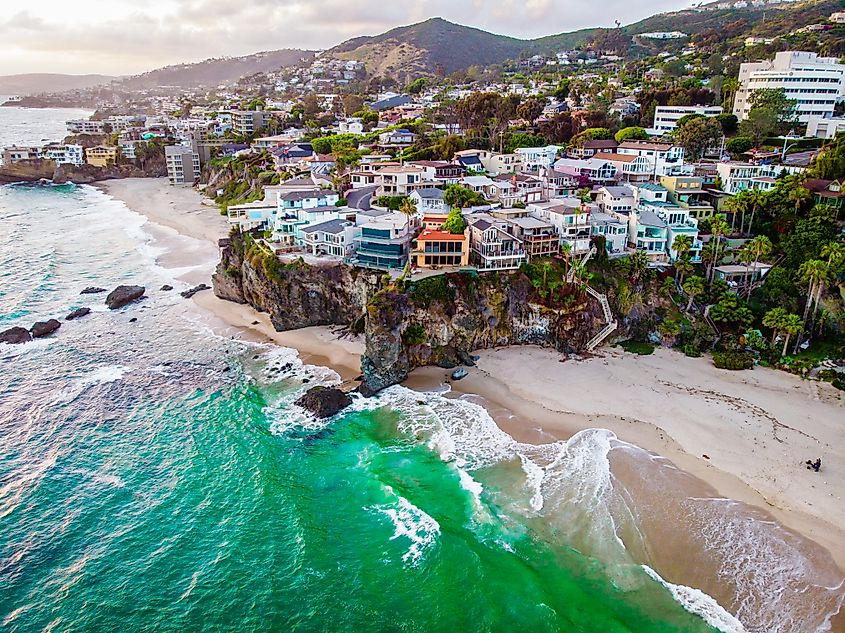
Heisler Park runs parallel to the cliffs north of Main Beach, with paved trails, memorial gardens, and ocean overlooks within easy reach. The Laguna Art Museum focuses exclusively on California artists, with permanent exhibits housed in the city’s first power plant, now fully restored. Zinc Café on Ocean Avenue serves breakfast and lunch with courtyard seating tucked behind eucalyptus trees. Shaw’s Cove, just north of the downtown hub, offers tide pools with flat, protected sand, and benches nearby.
Coronado
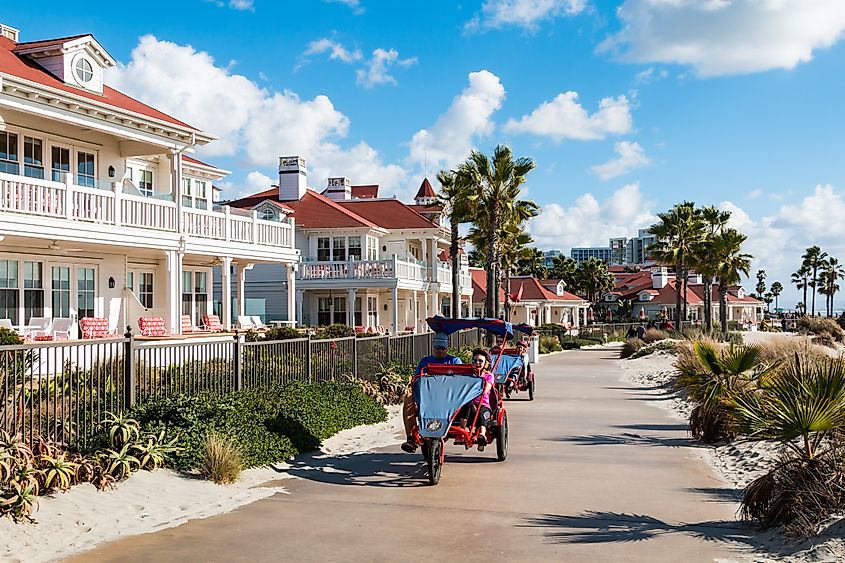
Coronado sits on a flat strip of land technically called a tombolo, connected to the mainland by a narrow isthmus called the Silver Strand. Though often mistaken for an island, it’s a peninsula, accessible by bridge, bike, or ferry. The town was designed with symmetry and ease in mind, originally developed around the 1888 Hotel del Coronado, which still anchors the southern coastline. Naval housing and beach cottages fill the surrounding blocks, but zoning laws have kept high-rise buildings out. Seniors benefit directly: no hills, no traffic pressure, and consistent coastal air movement.
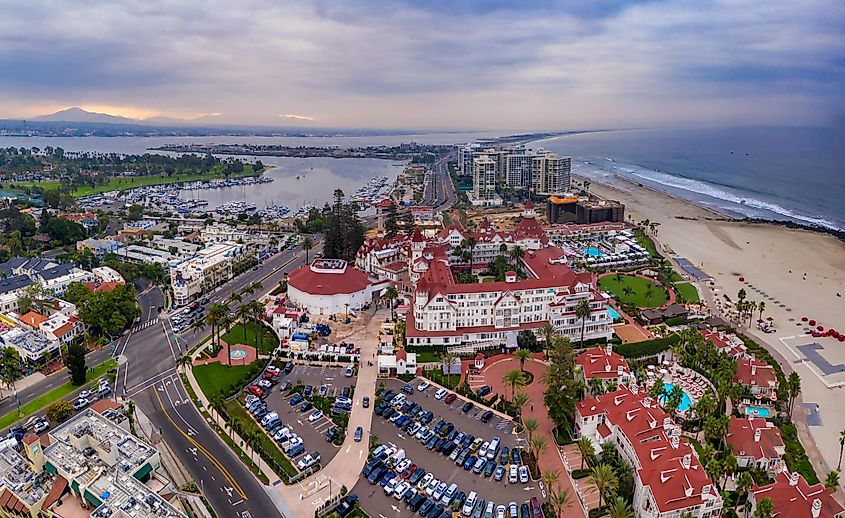
The Coronado Ferry Landing offers paved bayside walking with seating, public art, and access to Il Fornaio, an Italian restaurant with outdoor tables overlooking downtown San Diego. The Coronado Public Library holds rotating art exhibits and community programming in a Spanish Revival building two blocks from Spreckels Park, which hosts free summer concerts and weekly markets. The beach behind Hotel del Coronado is wide, flat, and city-maintained, with accessible walkways and tide watching.
Solvang
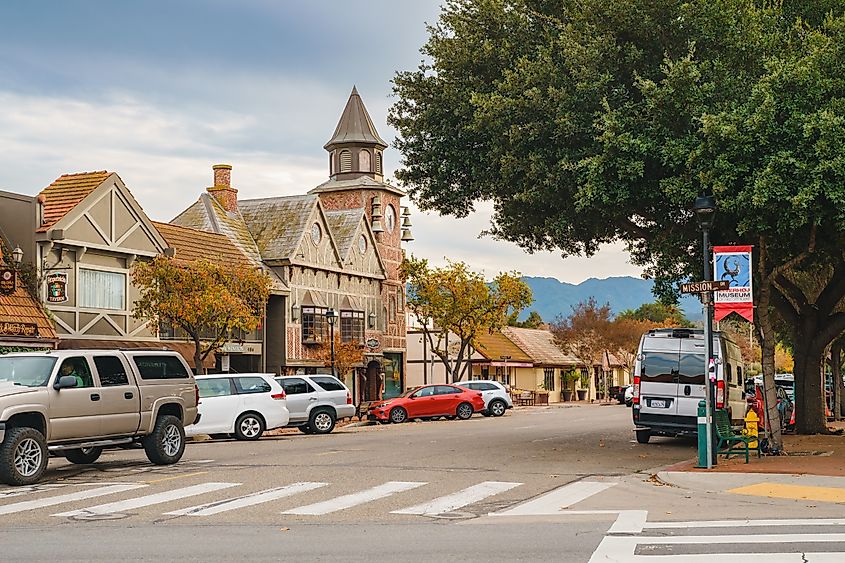
Solvang was founded in 1911 by Danish-American educators seeking a temperate farming community far from the Midwest. They built windmills, bakeries, and Lutheran churches in the style of their home country, and the town never let go of the idea. Solvang still follows Danish holiday traditions, maintains half-timbered facades, and requires that new construction match the existing style. What stands out isn’t novelty, it’s consistency. Streets are flat, traffic is minimal, and the entire town is walkable. A population under 6,000 keeps noise low year-round, even during festival weekends.
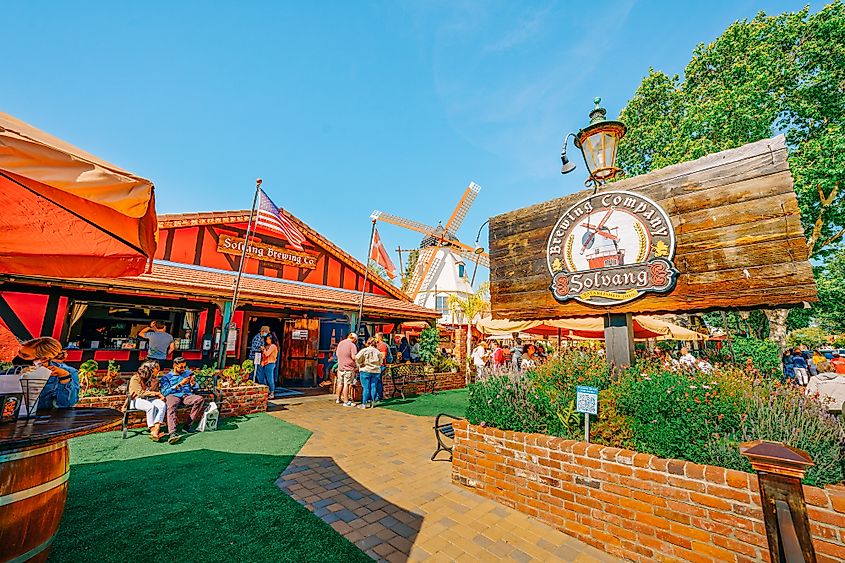
The Elverhøj Museum of History and Art, housed in a former residence built in Scandinavian folk style, holds permanent exhibits on Danish immigration, Solvang’s early development, and local painters. Bit O’ Denmark, a former beer hall built in 1911, serves open-faced sandwiches and hot dishes like frikadeller and herring platters in a quiet two-story building. Mission Santa Inés, located at the edge of town, includes an accessible museum and gardens with original 1800s brickwork and views across the Santa Ynez Valley. Olsen’s Danish Village Bakery sells kringles and butter cookies from a storefront that hasn’t changed in decades.
Morro Bay
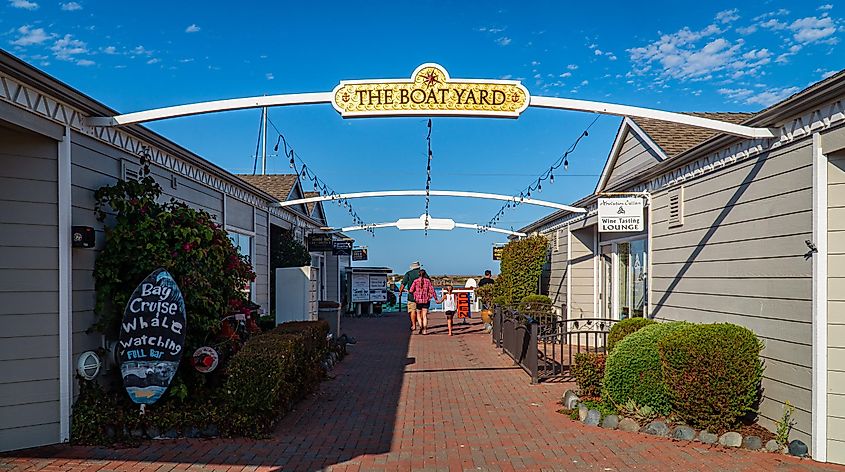
Morro Bay is defined by a single volcanic plug, Morro Rock, anchored just offshore, visible from nearly every street in town. Once part of a chain of undersea volcanic peaks, the rock is now a protected preserve, sacred to the Salinan people and closed to climbing. The harbor around it remains active but slow-paced, used mostly by fishing boats, kayakers, and harbor seals. Morro Bay’s compact grid, built between the Embarcadero and Highway 1, allows seniors to access nearly all services and views without hills or traffic. Weather rarely shifts out of the 60s.
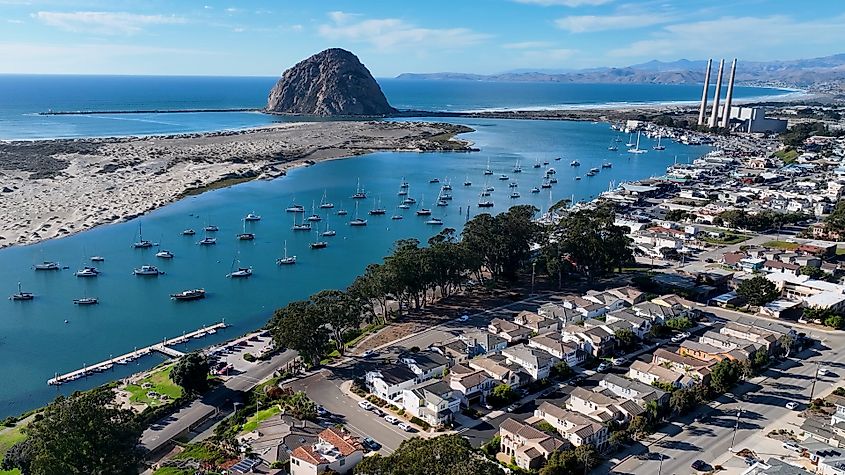
The Embarcadero, a waterside street lined with flat boardwalks, hosts the Morro Bay Maritime Museum, an open-air display with retired U.S. Coast Guard vessels and a 30-foot submarine. Dorn’s Breakers Café, operating since 1942, serves breakfast and dinner with second-story bay views and an elevator entrance. Morro Bay State Park, south of town, contains a natural history museum focused on estuary ecology, with accessible trails overlooking the salt marsh. Bayshore Bluffs Park, less trafficked than the waterfront, offers quiet benches and an easy path that loops along the water.
Half Moon Bay
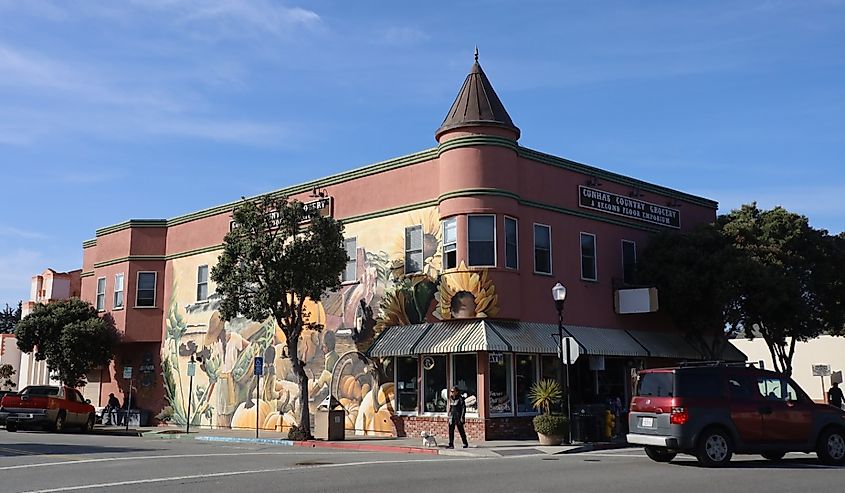
Half Moon Bay is known for its agricultural fog. The marine layer drifts inland each evening, watering fields without rainfall. This system has supported commercial flower farms and pumpkin patches for over a century, many of them still family-owned. The town itself is shaped by Highway 1 and spans a small, walkable historic core surrounded by farmland, state beaches, and low bluffs. Unlike most coastal towns in California, Half Moon Bay has height restrictions on new buildings, enforced setbacks from the shoreline, and no major tourist sprawl. The result is quiet movement, consistent weather, and minimal change.
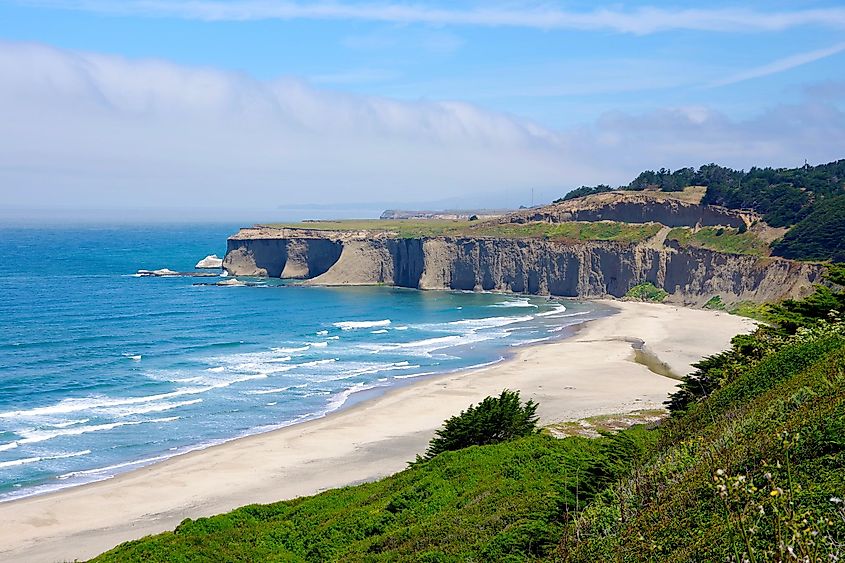
The Half Moon Bay Coastal Trail runs along the cliffs from Venice Beach to Pillar Point Harbor, paved and level for nearly four miles. Lemos Farm, originally a dairy operation, now offers seasonal hay rides, a produce market, and shaded seating with food trucks on weekends. Moonside Bakery & Café, located on Main Street, serves sourdough pizza and fruit pastries with a rear courtyard sheltered from wind. Francis Beach, part of Half Moon Bay State Beach, includes a flat campground loop with access to wildlife viewing and tidepools.
Sausalito
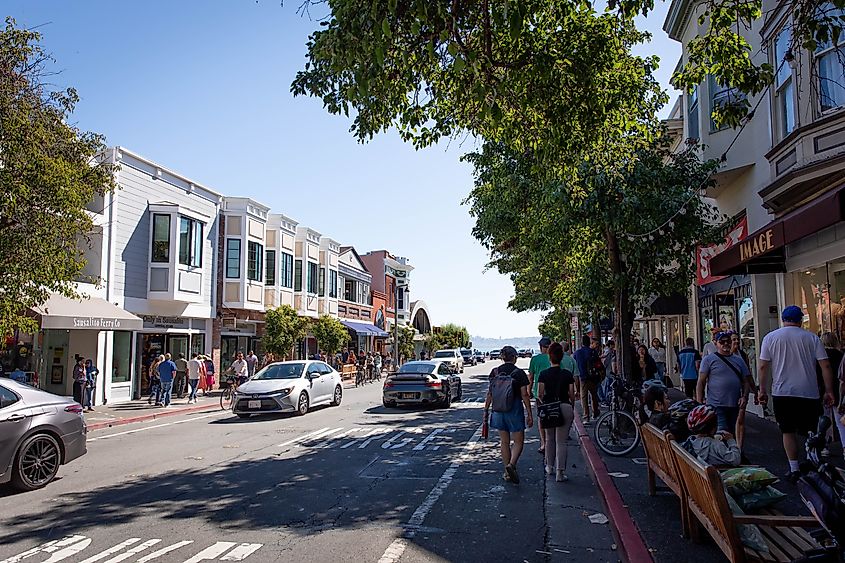
Sausalito sits on the north end of the Golden Gate Bridge, shielded from the Pacific wind by the Marin Headlands and facing the San Francisco skyline across calm bay water. During World War II, the town operated one of the largest shipyards on the West Coast. After the war, it became a haven for houseboat communities, artists, and jazz musicians, many of whom stayed. The floating homes still line Richardson Bay, with zoning protections in place. The downtown area remains compact, with no need for elevation changes, and public transportation, including ferries, operates on a regular schedule.
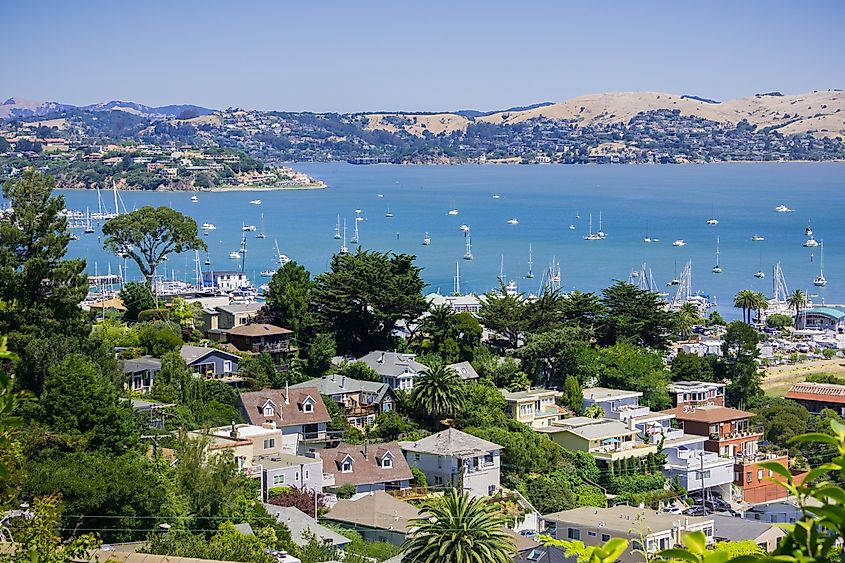
The Bay Model Visitor Center, once a working scale model of the San Francisco Bay watershed used by the U.S. Army Corps of Engineers, is now a walk-through educational exhibit with level floors and shaded outdoor areas. The Sausalito Boardwalk runs from Dunphy Park to the ferry landing, passing galleries, sailboats, and the seating area at Angelino Restaurant, known for its Ligurian seafood and low noise level. Vina del Mar Plaza, at the center of town, features original 1910s elephant statues. The Sausalito Center for the Arts, housed in the old Bank of America building, holds exhibitions and chamber concerts with senior pricing and no stairs.
Sonoma
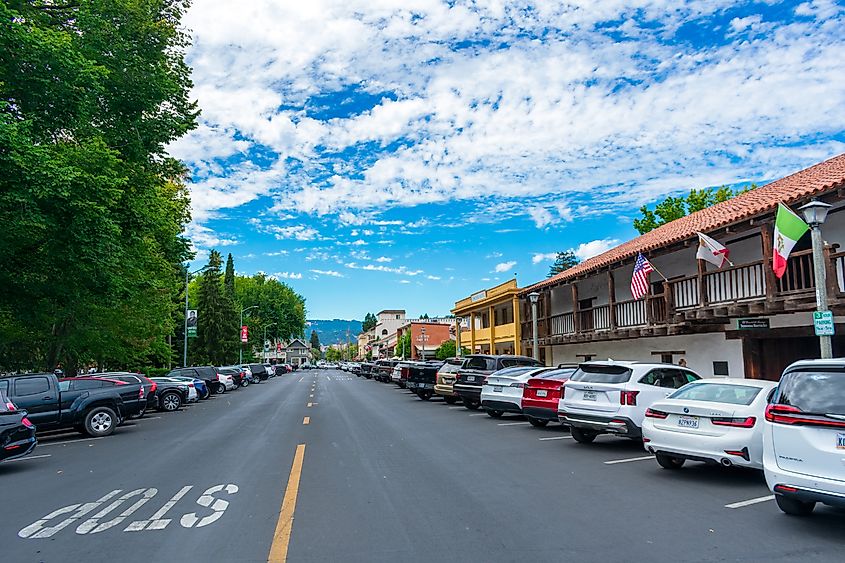
Sonoma is the only town in California where the state’s independence from Mexico was declared and still visibly preserved. The eight-acre Sonoma Plaza, California’s largest town square, sits at the center of this legacy, ringed by adobe buildings, oak trees, and single-story shops. No traffic lights interrupt the grid. Elevation gain is limited to a few gentle slopes leading into nearby vineyards. Much of Sonoma’s historical and civic infrastructure remains intact, including City Hall, built in 1908 with four identical sides so no business faced away from the public.
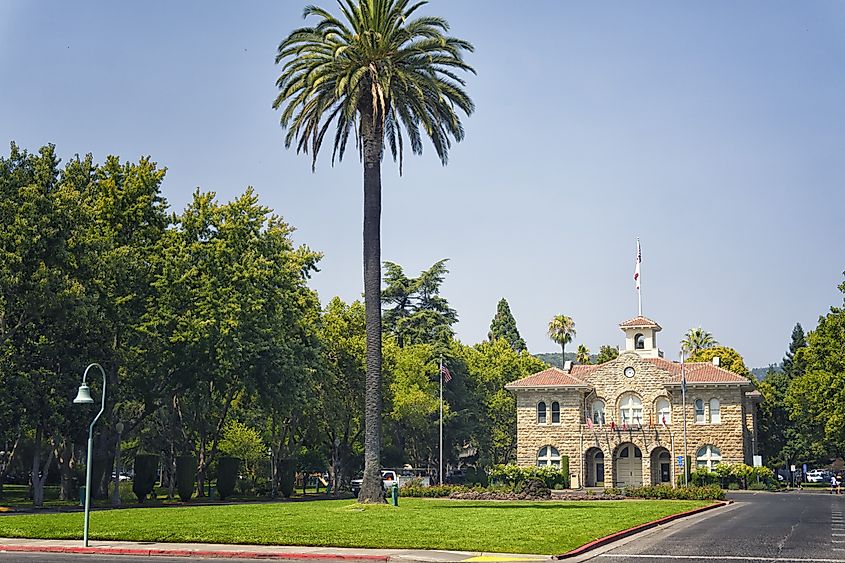
The Sonoma State Historic Park includes Mission San Francisco Solano, the last and northernmost of the 21 California missions. Its shaded courtyard, museum, and preserved barracks are all within one block of the plaza. Basque Boulangerie Café serves dark roast coffee and onion-cheese focaccia from an open-window bakery with courtyard seating. The Sebastiani Theatre, built in 1933, runs classic films, live concerts, and speaker series, with seating designed for limited mobility. Just east of town, the dirt loop trail at Sonoma Overlook Trail’s lower loop provides valley views.
Ojai
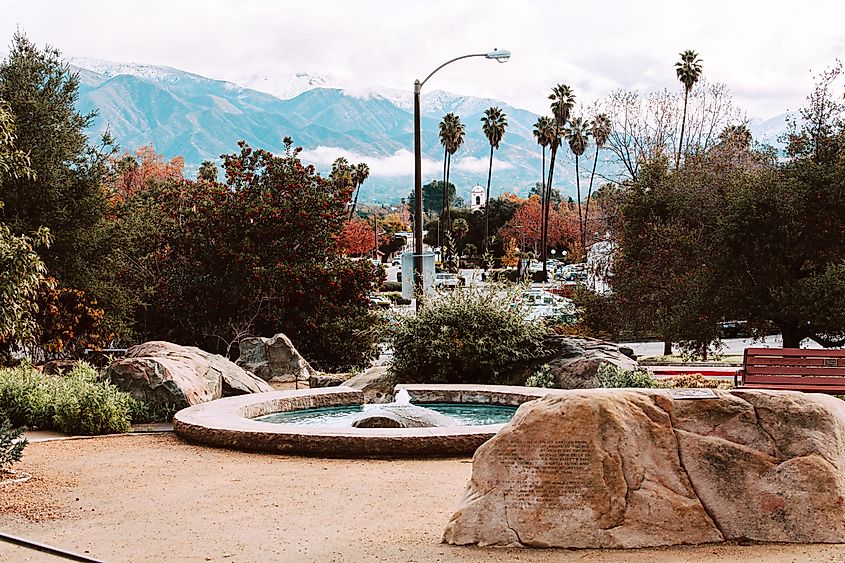
Ojai enforces a municipal noise ordinance where train horns and certain types of construction noise are legally restricted. It sits in a narrow valley surrounded by citrus groves, east of Ventura, and has maintained strict local control over development since the 1940s. Chain stores are banned. The downtown district was rebuilt in 1917 in Spanish Colonial Revival style after a fire, and the current arcade, with covered sidewalks and uniform arches, hasn’t changed since. The town is known for its “Pink Moment,” a light effect at dusk that turns the Topatopa Mountains a pale rose color, visible from nearly every street.
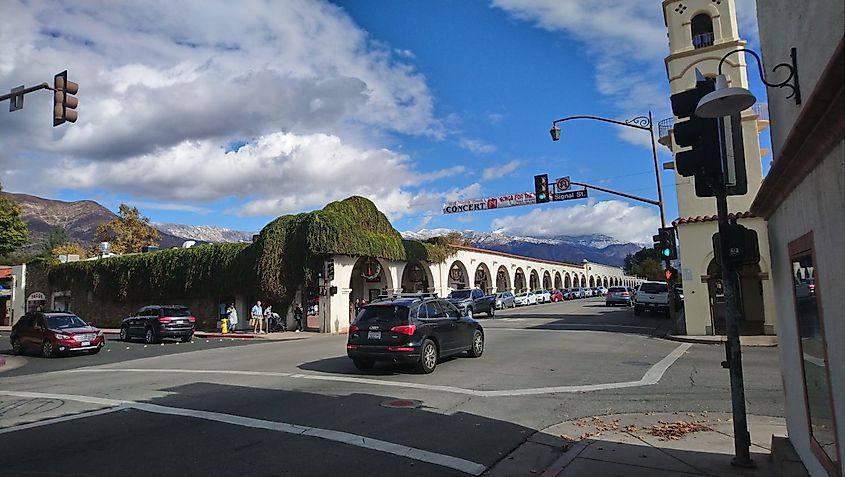
Bart’s Books, an outdoor bookstore with honor-system shelves facing the sidewalk, operates on Matilija Street and includes shaded seating throughout the courtyard. Libbey Park, behind the arcade, contains a level walking path, public tennis courts, and the Libbey Bowl, a concert venue with regular chamber and folk music events. The Ojai Valley Trail, a former railway line, runs for nine paved miles with multiple low-access entry points near town.
Comfort for seniors isn’t an accident in these towns; it’s policy, layout, and habit. Benches appear where knees need them, crosswalks favor patience, and services sit close to daily life. Weather stays moderate, noise drops with the sun, and errands pair naturally with a view. Choose any place on this list and you gain predictable routines, accessible streets, and healthcare within reach, the ingredients of a life paced to your terms.
